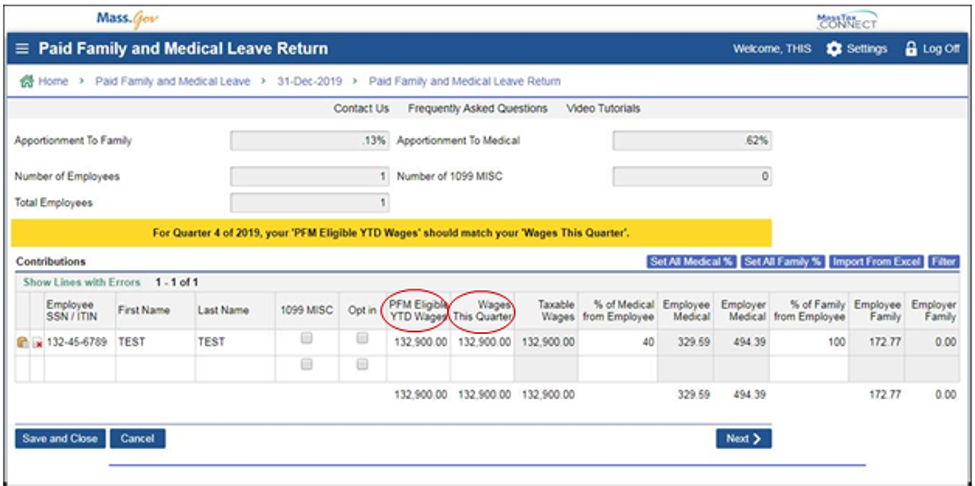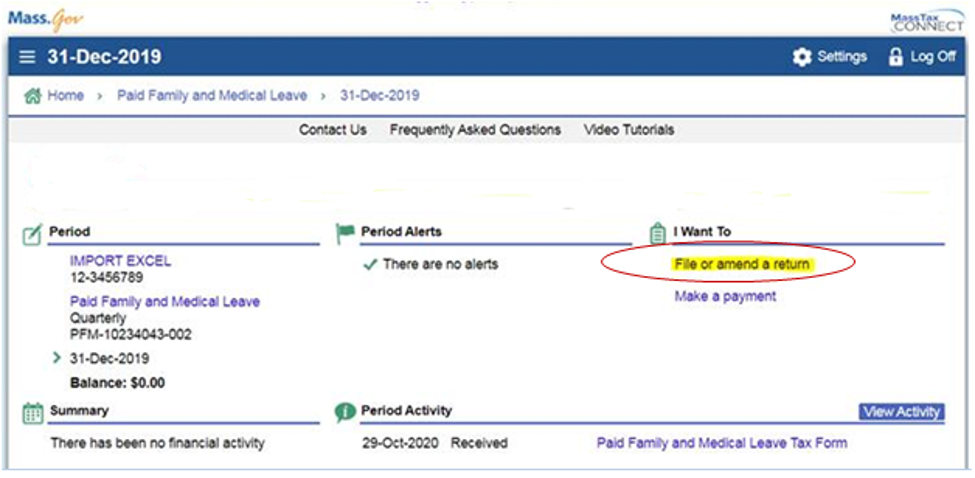Risk Management During the COVID-19 Pandemic
Most of us are now working from home, but everyone at Cleary Insurance is still available to assist you with your insurance and risk management needs, as are all the insurance carriers we represent. We will still meet with you if required, but we strongly encourage all communication to be via email or telephone.
In this past week, we have fielded many inquiries from our clients, and the areas of greatest concern appear to be the following:
- Health Insurance: routine doctor and dentist office visits have all been cancelled or postponed, as has any elective or non-emergency surgery. This is being done both to stem the spread of the coronavirus, and to prepare for the anticipated need for hospitals to adequately respond to patients with COVID 19. Health insurance carriers have also eliminated co-pays, deductibles, and co-insurance for all coronavirus related testing, procedures, and treatments.
- Loss of Income/Business Interruption Insurance: Many clients have asked if this coverage applies to the current pandemic, and the unfortunate answer is no. Lawsuits are being filed in New Orleans, legislation has been introduced in New Jersey, and industry associations are lobbying Congress to pass Terrorism-like insurance relief funds, but as of now, there is no such coverage available.
- Cyber Liability: In the past three months, over 4,000 domain names have been registered with the terms “Corona” or “Covid”. Hackers will be looking to exploit employees working from home with phishing emails, knowing that new procedures at work, combined with improper (or non-existent) firewalls, will provide easy prey for these scams. Please be vigilant and on the lookout for such fraudulent emails.
- Workers Compensation: Workers Compensation cases relating to COVID 19 illness will be determined on a case to case basis. A worker becoming sick from the flu is not typically covered under Workers Compensation. In order to be covered, it must be demonstrated that the illness was contracted as a direct result of employment, with a greater risk than that from the general public. A health worker treating flu patients could fall into this category, but such would not apply to most occupations.
As always, we welcome your questions, emails, and calls. We will also be updating our postings to make sure that we provide the best risk management advice to our clients during these turbulent and unnerving times.
Lessons From a Legend – Bill Cleary, Jr.

Please click here to read an inspiring article about Bill Cleary, Jr.
Department of Family and Medical Leave – Update
The Department of Revenue recently released important information on how to report PFML Wages for the 4th Quarter 2019 Paid Family and Medical Leave Return. The Department of Family and Medical Leave is providing this update for all employers participating in the Commonwealth’s PFML program to ensure an accurate filing of withholdings by the quarterly deadline of January 31, 2020.
PLEASE BE AWARE THAT THIS REPORTING REQUIREMENT DOES NOT APPLY TO EMPLOYERS THAT HAVE RECEIVED AN EXEMPTION FROM BOTH THE FAMILY AND MEDICAL LEAVE PROGRAMS OR ARE CONSIDERED EXCLUDED EMPLOYMENT PER SECTION 6 OF THE UNEMPLOYMENT STATUTE.
IF YOU HAVE ONLY RECEIVED AN EXEMPTION FOR ONE LEAVE PLAN, YOU MUST SUBMIT FOR THE NON-EXEMPTED PLAN, ACCORDING TO THE INFORMATION PROVIDED BELOW.
When reporting 2019 PFML contributions, please report fourth quarter wages only in both the PFM Eligible YTD Wages and Wages This Quarter boxes on the MassTaxConnect return. For the calculation to be correct, do not report actual 2019 year-to-date wages in the PFM Eligible YTD Wages box.
The reason for reporting only fourth quarter earnings in the PFM Eligible YTD Wages box is that contributions were not withheld for the first three quarters of 2019, so the Social Security annual wage cap should only be applied against fourth quarter wages.
This will only be necessary for this first PFML reporting as contributions were not withheld on all 2019 wages. When submitting future returns, you will report the actual YTD wages in the appropriate box.

IF YOU HAVE BOTH W-2 EMPLOYEES AND INDEPENDENT CONTRACTORS, BUT YOU OUTSOURCE ONLY W-2 PAYROLL SERVICES TO A THIRD PARTY
Important information about the timing of reporting
If your company outsources only W-2 payroll services to a third party, and handles reporting for your independent contractors (whose payments are reported on 1099-MISC) internally, there are some rules to follow when filing returns. It’s very important that the reporting be done in a specific sequence for it to be processed correctly.
First, the payroll service, filing on behalf of your salaried employees (W-2s), must file before you file on behalf of your “covered contract workers” (1099-MISCs covered under the PFML Statute). Next, when you file on behalf of your covered contract workers, you must identify your filing as an amendment to the return already filed by your payroll service (see screenshot below). Please follow this sequence to be certain the information is properly recorded.

MORE INFORMATION
The Department of Family and Medical Leave oversees the Commonwealth’s Paid Family and Medical Leave program. Check out their website for a fact sheet, guides and information for both employers and workers.
You will find more information on exemption requests, registration, contributions, and payments for the Paid Family and Medical Leave program from the Department of Revenue.
